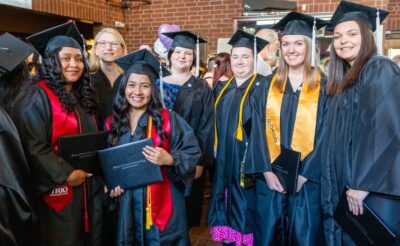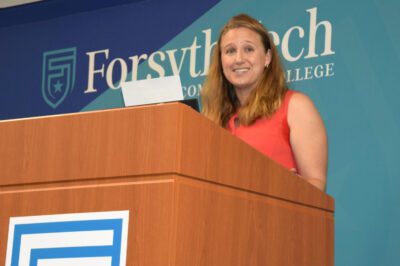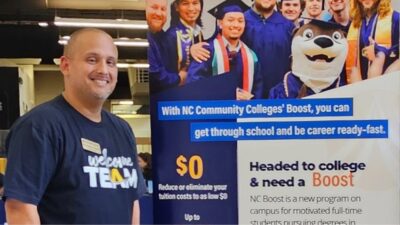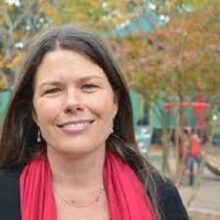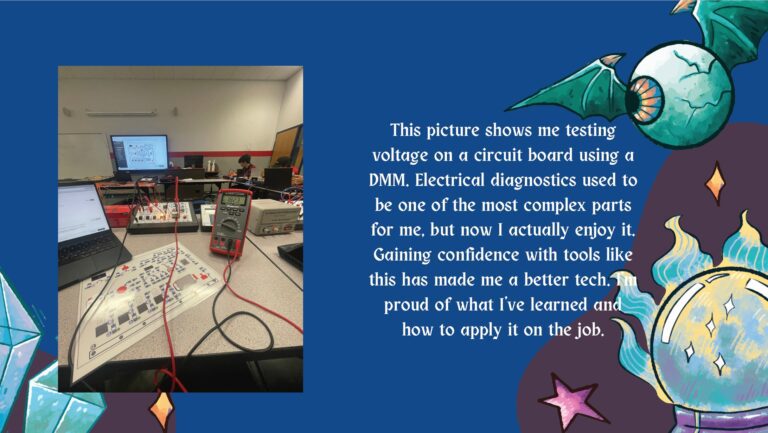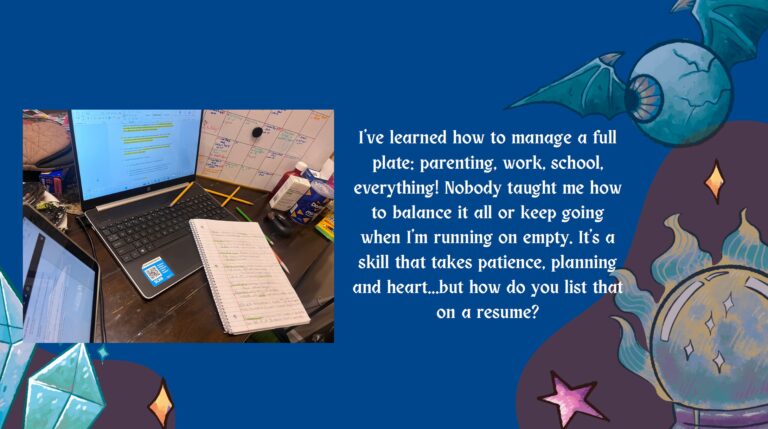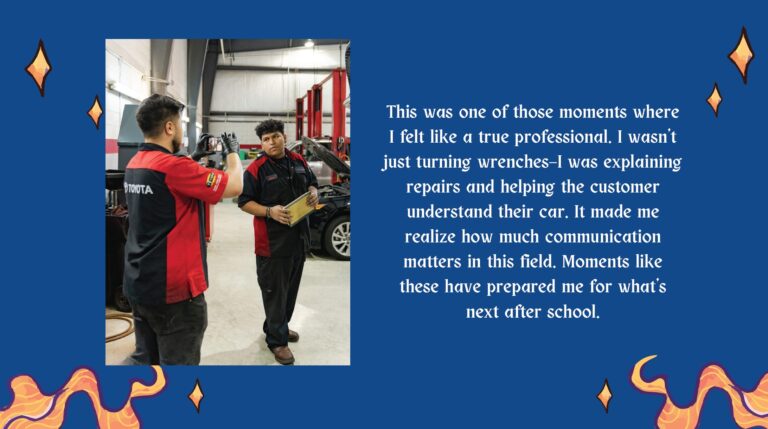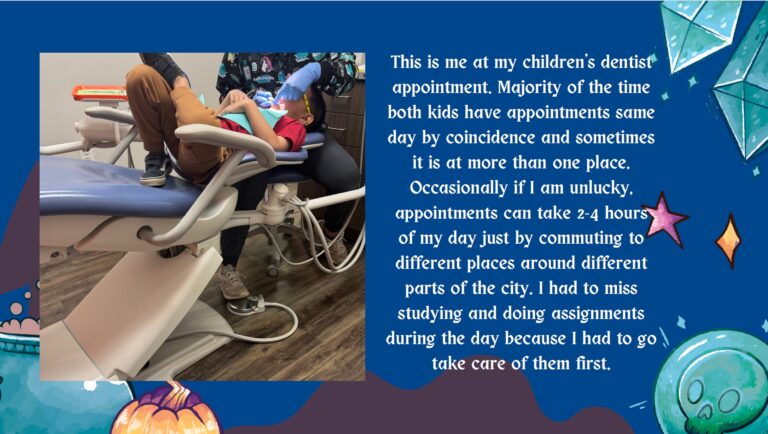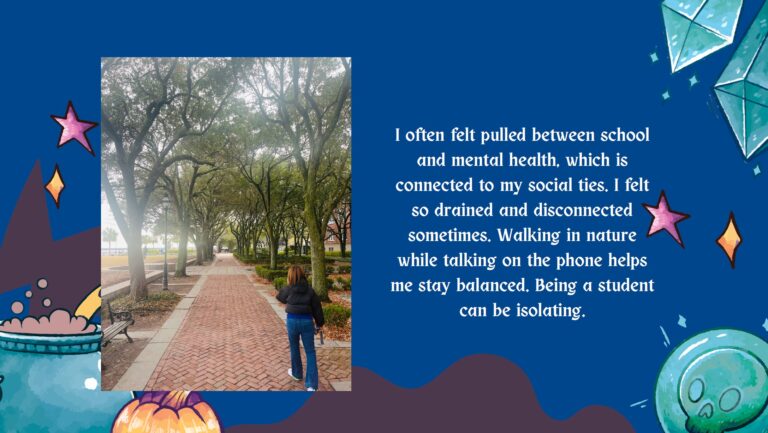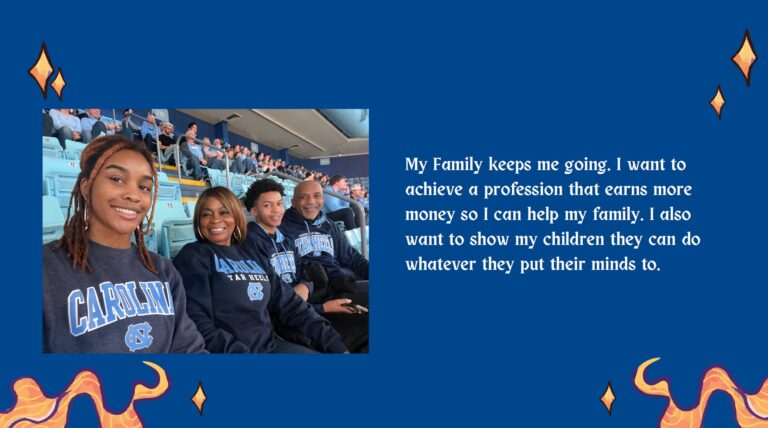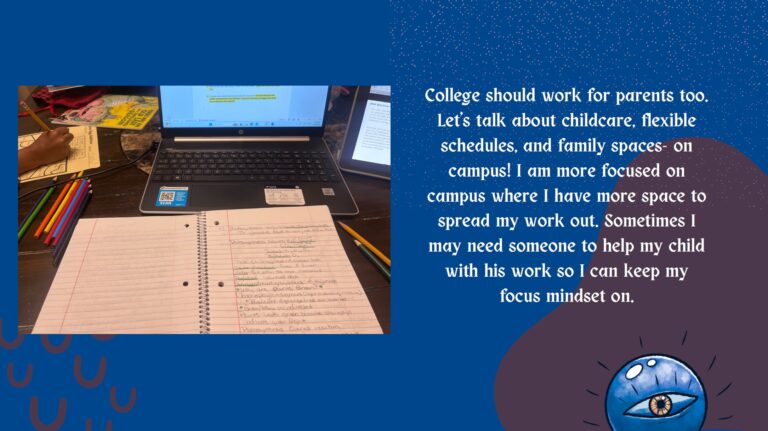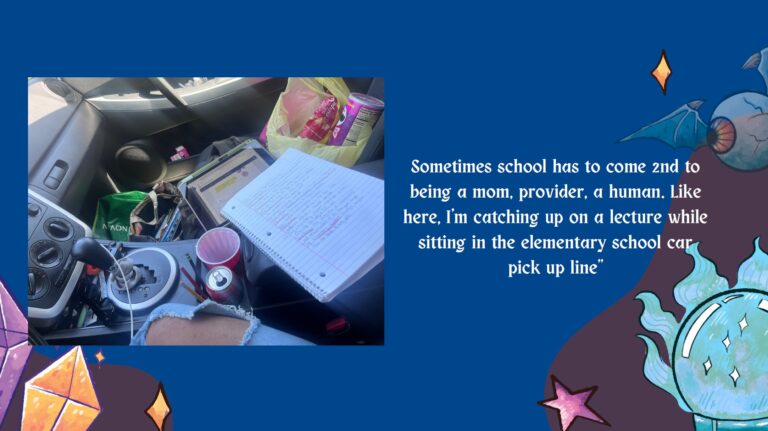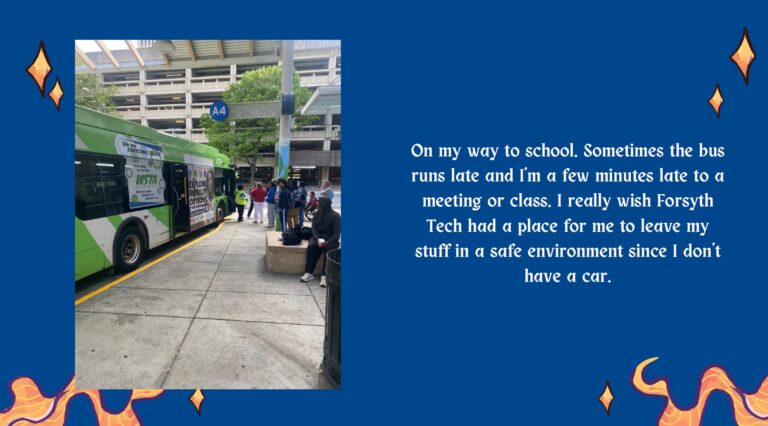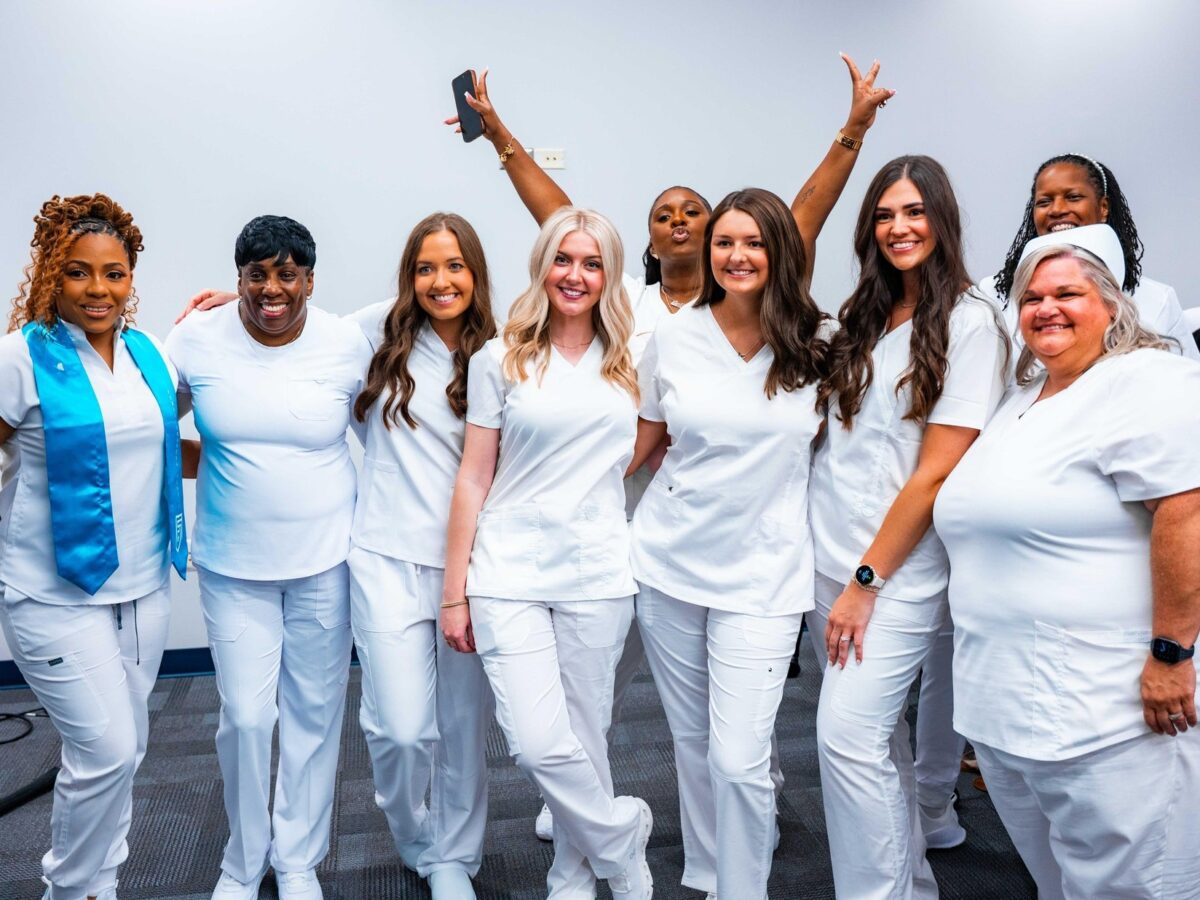
Editor’s Note: EdNC is covering the launch of Boost, North Carolina’s accelerated college-to-career program. This article is the first in a series of profiles on each of the eight community colleges in the 2025-26 cohort. You can find all of EdNC’s Boost coverage here.
Janet Spriggs is the award-winning president of Forsyth Technical Community College, honored regionally as the Association of Community College Trustees Southern Region Chief Executive Officer of the Year and nationally as an Aspen Presidents Fellow.
But it took Spriggs 12 years to get her first degree.
Perhaps that more than anything explains how she leads and the newly announced vision, mission, and values of Forsyth Tech.
During her tenure, Spriggs and her team have focused on becoming a “student-ready college,” instead of expecting “college-ready students.”
“I think the magic happens for our students when they trust us, when we talk to them, we know them, we know what they need from us, and we use that to create their experience of us,” says Spriggs.
Founded in 1960 as the Winston-Salem/Forsyth County Industrial Education Center, Forsyth Tech is celebrating 65 years of offering accessible higher education opportunities to the local students and communities they serve.
“We are looking to the future to see how we can continue to help our community dream, learn, and thrive,” says Spriggs.
Recently, they announced their new student, faculty, and community-informed North Star.
Forsyth Tech’s fall 2025 enrollment reached more than 10,000 students, the college’s highest headcount since 2013. A 2022 study found the community college has an annual economic impact of $400.4 million.
Launching the Future-Ready Workforce Alliance
Forsyth Tech, in partnership with the Reynolds American, is launching a Future-Ready Workforce Alliance, a new initiative designed to close the skills gap, prepare workers for in-demand jobs, and strengthen the economy in Forsyth and Stokes Counties and across the region, according to a press release.
Spriggs believes this collaboration of education, business, and community partners will result in a “world-class talent pool” of skilled workers.
This approach, says the release, allows participants to start working quickly, continue their education while employed, and advance their careers over time.
The Alliance prioritizes educational attainment and economic mobility, said Mark Owens, president & CEO of Greater Winston-Salem, Inc., creating more opportunities at Reynolds and other businesses “for employees to learn and grow with the company.”
“Too many adults face barriers to higher-wage employment due to a lack of credentials or training; at the same time, companies need skilled workers,” said Gov. Josh Stein. “The Alliance will address this shortage by offering fast, targeted training programs in key industries, including health sciences, transportation and logistics, advanced manufacturing, and technology.”
How Forsyth Tech got to its new North Star
Spriggs joined the Forsyth Tech team in 2019, and one of her first tasks as president was to lead a strategic planning process.
The resulting Vision 2025 was more of a roadmap than a traditional strategic plan. The vision included goals to “improve completion, remove achievement gaps, advance new teaching and learning pedagogies and flexible learning models, and ensure graduates are job-ready for high-demand family-sustaining wage careers.”
The vision statement — “Forsyth Tech will be a catalyst for equitable economic mobility, empowering lives, and transforming communities” — became a shared mantra for both students and faculty.
When Spriggs was applying for the job as president, the college’s three-year completion rate was 19% overall, 12% for Hispanic students, and 6% for Black students. She is quick to say that the three-year completion rate may not be the best metric of success for the college since 70% of students work.
But Spriggs is also quick to own the three-year completion rate as a “shameful metric.”
“As a college,” she says, “we said, ‘that is not OK.'”
Vision 2025 set a goal of a 40% overall completion rate, including a goal of 38% for minority students, and this September, Forsyth Tech announced that it had reached 43% overall and 42% for minority students.
Spriggs says she literally cried when she first got the news, and even now, as she shares the data she gets literal goosebumps. “Even with the pandemic,” she reflects.
That kind of growth doesn’t just happen, and at Forsyth Tech those outcomes have been driven by being more intentional about culture and leadership with a steadfast focus on student success.
Culture and leadership
Forsyth Tech is the home of the Trailblazers, and living up to that brand grounds every change at the community college.
“Leadership absolutely matters,” says Paula Dibley, chief officer for student success and strategic innovation. But it is not just the leadership of Spriggs, says Dibley. It’s leadership at all levels of the college. For instance, administrative assistants across the college’s nine campuses had been siloed. Now an administrative leadership team including administrative associates and staff assistants network, learn, and grow together to increase belonging.
“It’s a critical group,” says Spriggs. The team has a summit every summer, they have presented to the board of trustees, and they watch the annual Dallas Herring Lecture together, for example. That’s allowed them to do their own jobs better, but also to collectively tackle how to integrate artificial intelligence (AI) into business operations at the community college. This cross-campus networking of peers has become a model at Forsyth Tech.
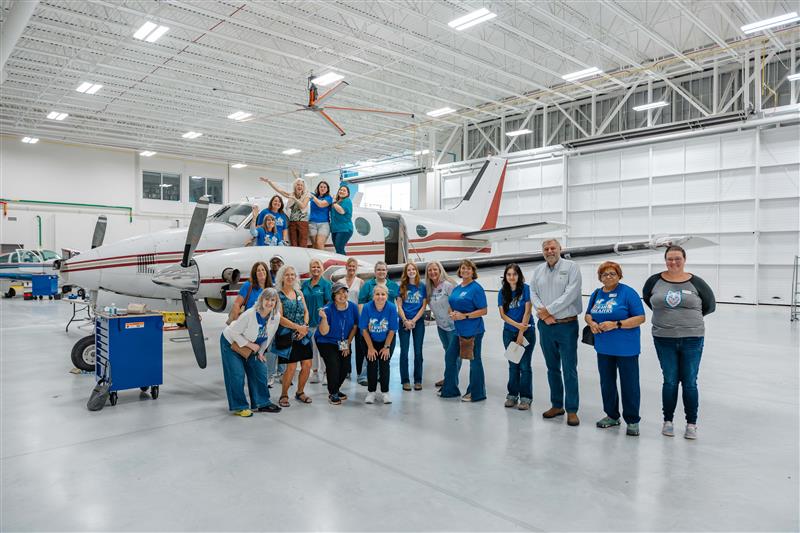
Using Franklin Covey’s Four Disciplines of Execution®, between 2020 and 2025, Forsyth Tech’s strategic plan was iterated annually with the identification of WIGs® (Wildly Important Goals®), the setting of goals, and the review of outcomes.
Spriggs says, “the secret sauce here is the regular cadence of looking at where you are and then building a process that’s going to help you execute the strategy.”
She explains the difference between ownership and buy-in. “This is a we place, not a me place,” she says. Before any offer is extended to faculty, they meet with Spriggs. That’s the moment, leaders at Forsyth Tech agree, that ownership begins if hired.
The community college centers their employees and their well-being. “What is good for them is good for our students,” says Spriggs. “If we can pour into our faculty, then they’re so much better equipped to pour into our students.”
Forsyth Tech has its own Center for Teaching and Learning Excellence and the community college pays for 20 hours of professional development annually.
A commitment to student success
Human-centered design is an approach to building organizations — and the systems undergirding organizations — that “puts real people at the center of the development process” making it much more likely the organization will meet the needs of those it serves.
In the last five years, Forsyth Tech redesigned its advising model twice, and human-centered design principles helped leaders better understand how to serve high school students versus adult learners versus first-generation, lower-income students.
The community college also redesigned its now year-round enrollment and scheduling experience.
“If you lock the door at 8 a.m. when class starts, but the bus system is historically 15 minutes late because of traffic, and you don’t let your students in, you have just created a barrier for those students,” says Spriggs.
Other changes that could be replicated include the launch of Forsyth Tech Cares, which provides whole-person care for students with barriers to success; more and more accelerated, eight-week classes; and the implementation of Element 451, an “AI-first CRM and student engagement platform, designed to help higher education institutions attract, engage, and support students at every stage of their educational journey.”
“We recognized that we really have to lean into Dr. Dallas Herring’s words about meeting students where they are in a new and different way,” says Spriggs. “Our students are so alike and so different at the same time. Students 16- to 74-years-old walked across the graduation stage in May.”
“The need to understand the uniqueness of each individual student, to see them for who they are, meet them where they are, and then guide them on an individual basis, helping mitigate what their individual barriers or issues might be as they go on this journey” fueled the need, says Spriggs, to iterate Vision 2025.
![]() Sign up for Awake58, our newsletter on all things community college.
Sign up for Awake58, our newsletter on all things community college.
‘Dream. Learn. Thrive.’
In February, Forsyth Tech was selected as one of five institutions nationwide to participate in the Education Design Lab’s Reimagining Community College Design Challenge, a new initiative aimed at transforming community colleges to better serve today’s learners, according to this press release.
Forsyth Tech leveraged this initiative alongside its existing strategic planning process to co-create a new vision, mission, and values with students, staff, faculty, businesses, local education partners, and the community.
The Reimagining Forsyth Tech question was: What should a 21st century community college look like?
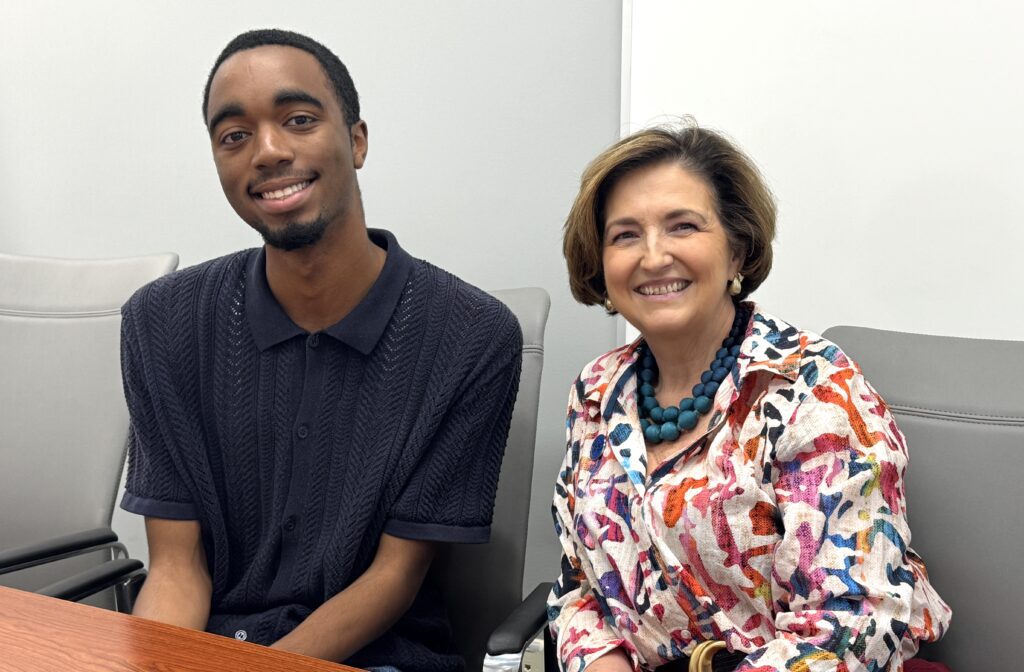
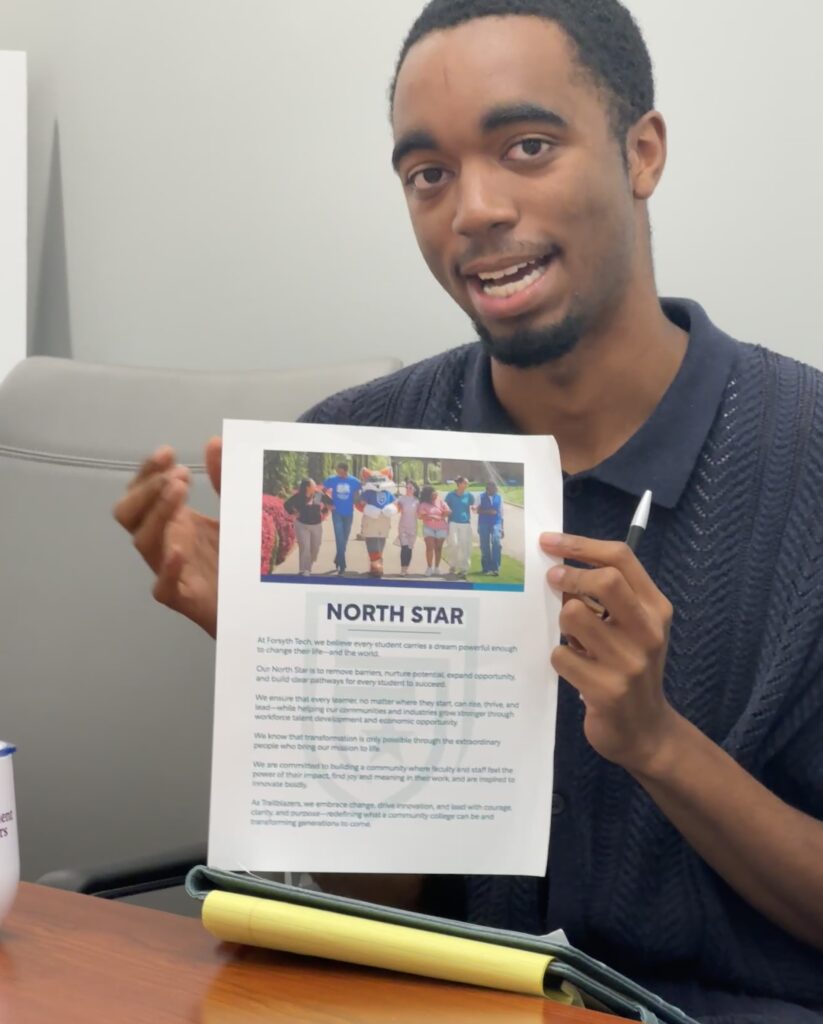
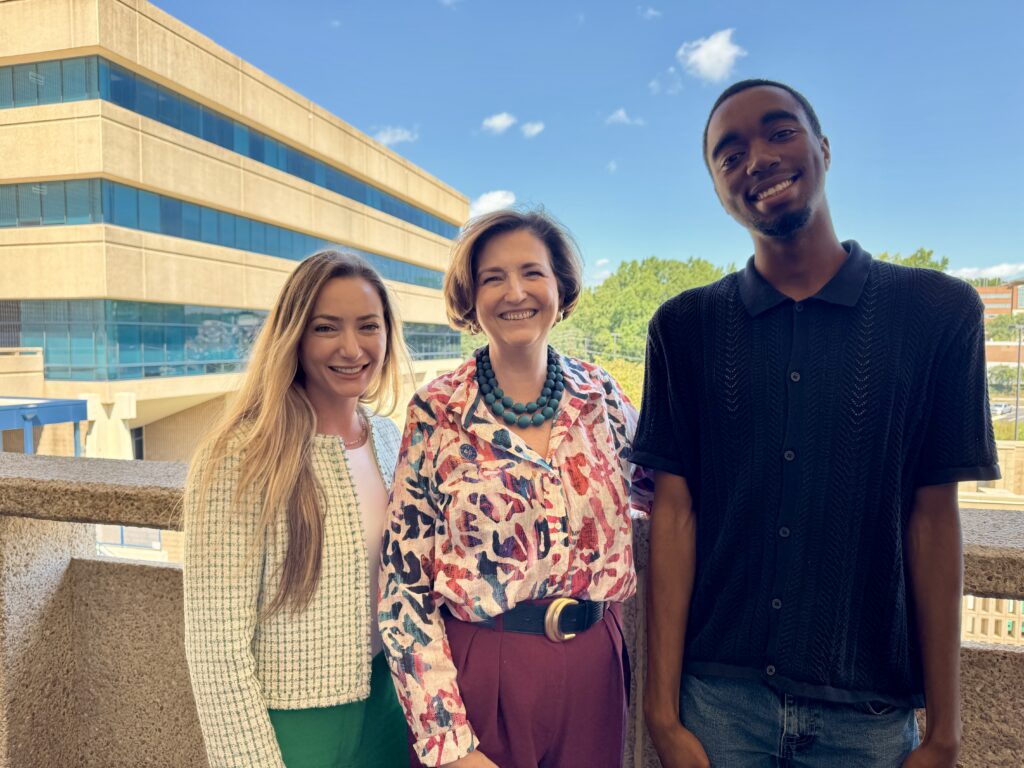
Jeremiah Washington is a student at the college, and he was involved in Reimagining Forsyth Tech. He describes a moment when they were comparing a draft of the strategic plan to submissions on “photovoice.” Students had been asked to submit photos of the things that mattered to them, the things they wanted taken into account, the things they were proud of, and more.
Washington remembers it as a “rewarding moment.”
“I was like ‘Wow!'” he says. “My experiences — the students’ experiences — were really being centered in how the college will move forward.”
Madison Hoffstetter, who works at Atrium Health Wake Forest Baptist and also participated in Reimagine Forsyth Tech, says, “It was interesting being upstream in the planning process since we do get a lot of the students they educate and then we employ.”
Spriggs says with the new North Star, “we’re all moving in the same direction.”
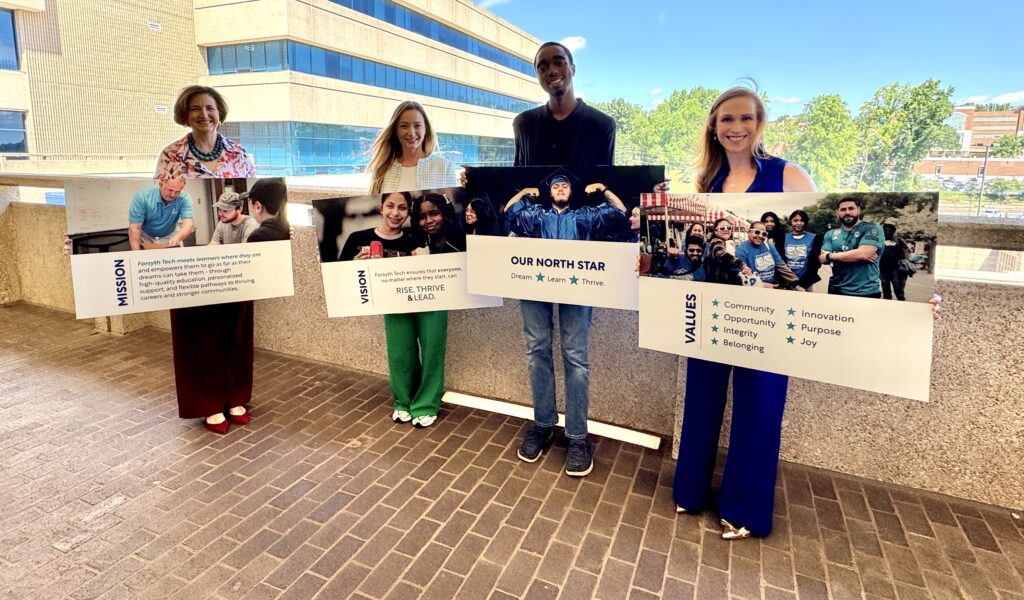
Here you can see Forsyth Tech’s new vision, mission, values and North Star.
How Boost aligns with the new strategic plan
Forsyth Tech is one of eight community colleges that is part of the first cohort of Boost, North Carolina’s accelerated college-to-career program.
Boost provides enrolled students with a variety of wraparound support, including frequent interactions with a dedicated Boost adviser, cohort activities with other Boost students, up to $600 per academic year for textbook costs, and a $100 monthly stipend for successfully meeting with their adviser. Each college’s implementation team includes: a Boost campus lead, usually a vice president of student affairs or students success, who oversees Boost’s integration across campus; a full-time Boost director who manages the day-to-day implementation of the program; and a full-time Boost adviser for each cohort of 150 students.
“Our Boost students have very clearly recognized the connection between what’s happening in the classroom and their educational journey,” said Carmen Canty-Johnson, Forsyth Tech’s Boost director, at the launch of the initiative this summer. “They applied for this program to help them complete their associate degree so they can be ready for a high-wage career. They are coming in motivated and ready to go.”
Read more about Boost
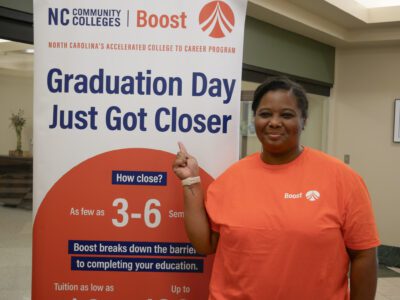
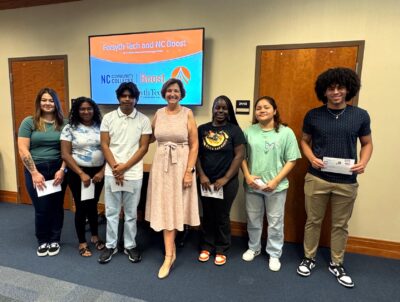
Amy Ball Braswell, the associate vice president of student success at Forsyth Tech and the Boost campus lead, says she thinks the most important components of Boost are the holistic support for students, financial incentives for students to meet with advisers, and what she calls “intrusive advising.”
Intrusive advising involves less hand holding and instead more quickly getting to the heart of what is challenging for the student and identifying an appropriate solution to the problem.
EdNC recently conducted site visits to all of the community colleges in the first Boost cohort, identifying four possible differentiators in the early implementation of the initiative at Forsyth Tech: 1) previous experiences onboarding other strategic initiatives, 2) an internal candidate to serve as the Boost director, 3) expanding the scope of work for the Boost campus lead to direct the departments needed to operationalize Boost both efficiently and well, and 4) aligning Boost to the college’s strategic plan, resulting in all-college ownership of the success of the initiative.
Braswell identified one early pain point in the implementation of Boost as balancing which students have access to the initiative across industries (not all health care students, for example), across types of student (not all transfer students, for example), and including more demographically diverse students.
Braswell has been studying this model of student support since 2018, and she is excited about bringing it to Forsyth Tech. So is Spriggs.
“Completing is not enough,” says Spriggs. “I want students to go on to get a job that provides a family-sustaining living wage. I want them to stay local and lead locally. I want to know if they end up with a better life, and if so, what were the difference makers?”
Spriggs thinks Boost will be a difference maker. So much so that she has a dream.
Spriggs aspires to scale the student supports provided by the initiative to all students at Forsyth Tech. Boost is an opportunity for the college to learn how to do that. She believes if they can scale the initiative in a way that is sustainable, all Forsyth Tech students would be able to thrive.
“Dream. Learn. Thrive.” That’s the new North Star for this community college, even for the president.
Recommended reading
